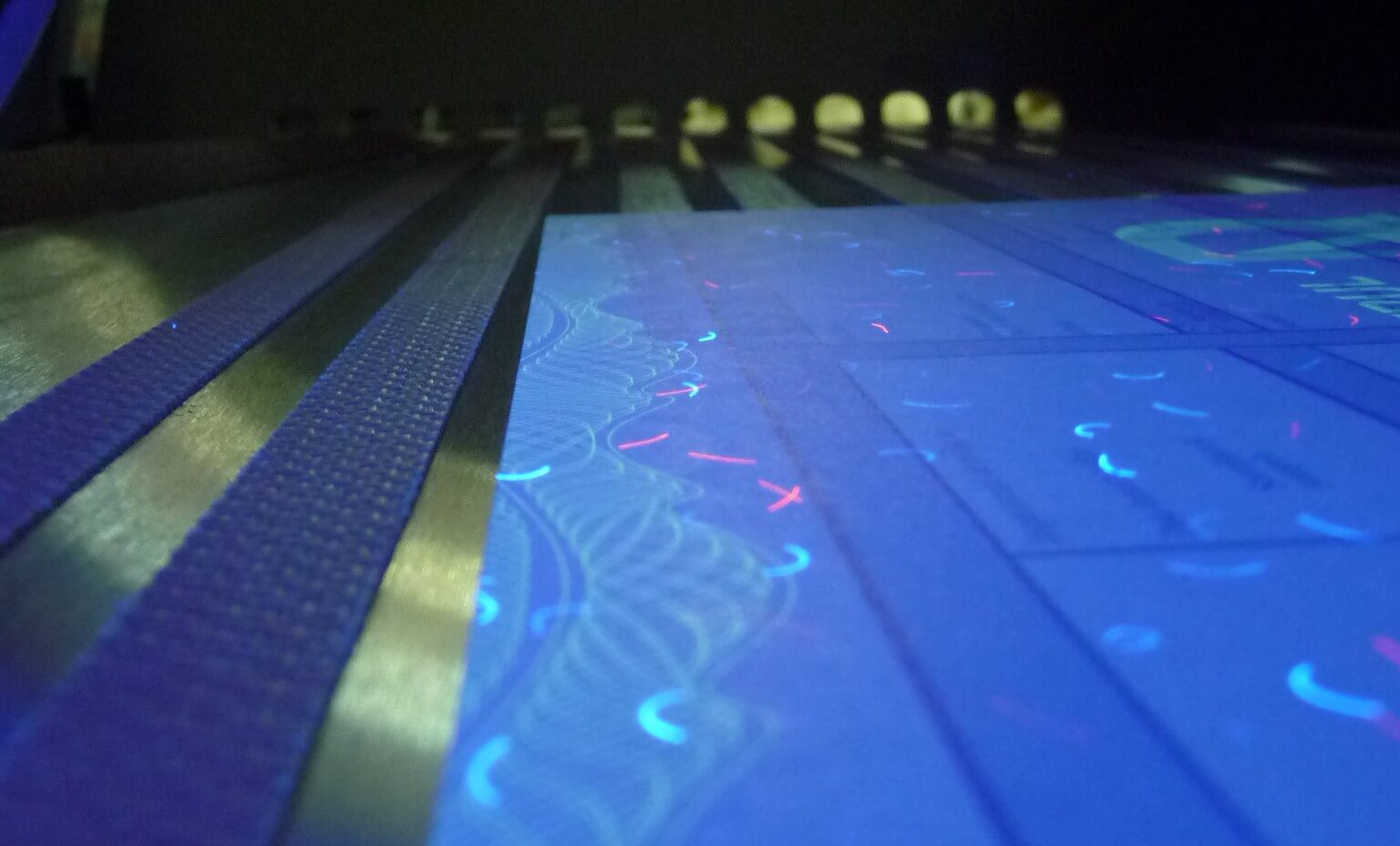In the world of business, creating effective product catalogs is essential for showcasing your offerings and attracting potential customers. One of the most reliable methods for producing high-quality catalogs is through offset printing. This technique has been a staple in the printing industry for decades, offering consistent and precise results. In this article, we will delve into the intricacies of offset printing for product catalogs, exploring its benefits, processes, and applications.

Understanding Offset Printing
Offset printing is a popular printing technique where the inked image is transferred from a plate to a rubber blanket and then onto the printing surface. This method is known for its ability to produce sharp, clean images and text, making it ideal for detailed and colorful product catalogs. The primary keyword, offset printing for product catalogs, is pivotal in understanding how businesses can leverage this method for their promotional materials.
Benefits of Offset Printing for Product Catalogs
There are several advantages to using offset printing for your product catalogs. Firstly, it offers superior image quality compared to digital printing, ensuring that your catalogs are visually appealing. Secondly, it is cost-effective for large print runs, making it an economical choice for businesses looking to produce bulk catalogs. Additionally, offset printing provides a wide range of color options, allowing for vibrant and accurate reproductions of your products.
Offset Printing Process Explained
The offset printing process involves several stages. Initially, a design is created and transferred onto metal plates, each representing one of the primary colors (cyan, magenta, yellow, and black). These plates are then mounted onto the printing press, where they transfer the ink onto a rubber blanket. The blanket, in turn, applies the ink to the paper, resulting in a crisp and professional finish. This process ensures consistent quality across all copies of the product catalog.
Applications and Use Cases
Offset printing is particularly beneficial for businesses that require high-quality, large-volume print runs. It is commonly used for creating product catalogs, brochures, and other promotional materials. Companies in industries such as retail, manufacturing, and fashion often rely on offset printing to produce their catalogs, as it allows them to showcase their products in the best possible light.
Design Considerations for Offset Printing
When designing a product catalog for offset printing, there are several factors to consider. The choice of paper, ink, and finishes can significantly impact the final product’s appearance. It is essential to work with a knowledgeable printer who can guide you through these decisions and ensure that your catalog meets your expectations.
Offset vs. Digital Printing
While offset printing offers numerous benefits, it is essential to understand how it compares to digital printing. Digital printing is often more cost-effective for small print runs and allows for greater flexibility in customization. However, it may not match the image quality and color accuracy of offset printing. Businesses must weigh these factors when deciding which method to use for their product catalogs. For a detailed comparison, you can read more about offset printing vs digital printing.
Challenges and Solutions
Despite its advantages, offset printing is not without challenges. The initial setup costs can be higher than digital printing, and the process requires more time and effort. However, these challenges can be mitigated by carefully planning your print runs and working with experienced professionals who understand the intricacies of offset printing.
Choosing the Right Printing Partner
Selecting the right printing partner is crucial for the success of your product catalogs. Look for a company with a proven track record in offset printing and a commitment to quality and customer service. A good printing partner will help you navigate the complexities of the printing process and ensure that your catalogs are produced to the highest standard. For more information on choosing the right partner, you can visit this business cards printing guide.
Frequently Asked Questions
What is the cost difference between offset and digital printing?
The cost difference depends on the print run size. For large quantities, offset printing is generally more cost-effective due to lower per-unit costs. Digital printing is more economical for smaller runs.
How long does the offset printing process take?
The timeline can vary depending on the complexity of the project and the printing partner’s capabilities. Generally, offset printing takes longer than digital printing due to the setup process.
Can I customize my product catalogs with offset printing?
Yes, offset printing allows for customization in terms of paper type, finishes, and colors. However, digital printing offers more flexibility for variable data printing.

Conclusion
Offset printing remains a valuable tool for businesses looking to produce high-quality product catalogs. Its ability to deliver sharp images, vibrant colors, and cost-effective solutions for large print runs makes it an excellent choice for many industries. By understanding the benefits and challenges of offset printing and choosing the right printing partner, businesses can create catalogs that effectively showcase their products and drive customer engagement.
This article contains affiliate links. We may earn a commission at no extra cost to you.







